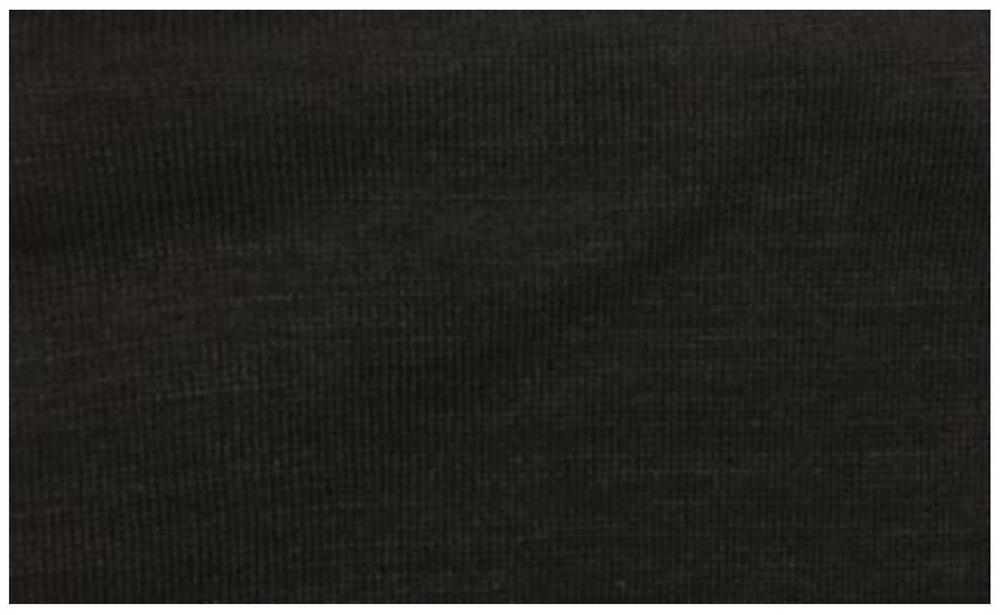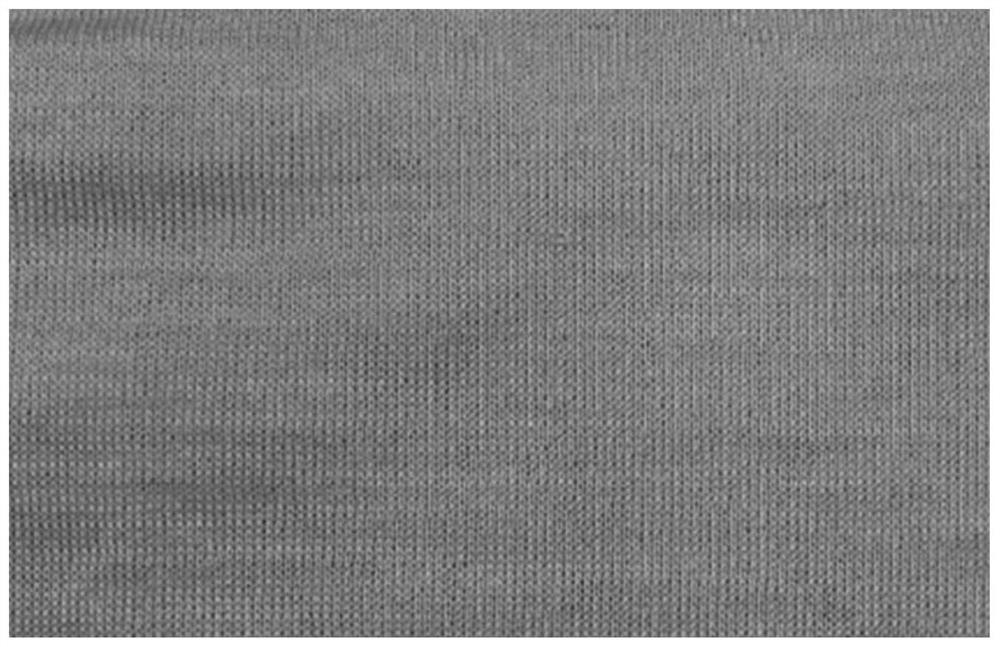Natural dye dyeing process for worsted wool
A natural dye and process technology, applied in the field of natural dye dyeing process, can solve the problems of poor light fastness to soaping, poor affinity between natural dyes and wool fiber, harmful environment, etc., achieve uniform color, improve dyeing weight Revelation, affinity-enhancing effect
- Summary
- Abstract
- Description
- Claims
- Application Information
AI Technical Summary
Problems solved by technology
Method used
Image
Examples
Embodiment 1
[0027] A process for dyeing worsted wool with natural dyes, comprising the following steps:
[0028] 1) Top pretreatment, add osmotic defoamer and degreasing agent at room temperature, run for 10 minutes, then add soda ash, then raise the temperature to 50°C and keep it warm for 20 minutes, then wash with overflow water for 10 minutes, and drain. Wherein the osmotic defoamer is ALBAFLOW FFW, and its consumption is 0.5mL / L; the degreaser is TISSOCYL RC9-C, and its consumption is 1mL / L; the soda ash consumption is 0.3g / L.
[0029] 2) For wool top dyeing, add osmotic defoamer at room temperature and run for 10 minutes; add filtered natural dye for another 20 minutes, then raise the temperature to 95°C at 2°C / min, keep it warm for 60 minutes, and then heat it at 2°C / min to cool down to 35°C, wash with overflow water for 10 minutes, and drain. Wherein the osmotic defoamer is ALBAFLOW FFW, and its dosage is 0.5mL / L. Described natural dyestuff is olive green, and its consumption i...
Embodiment 2
[0035] A process for dyeing worsted wool with natural dyes, comprising the following steps:
[0036] 1) Top pretreatment, add osmotic defoamer and degreasing agent at room temperature, run for 10 minutes, then add soda ash, then raise the temperature to 50°C and keep it warm for 30 minutes, then wash with overflow water for 10 minutes, and drain. Wherein the osmotic defoamer is ALBAFLOW FFW, and its consumption is 0.5mL / L; the degreaser is TISSOCYL RC9-C, and its consumption is 1mL / L; the soda ash consumption is 0.3g / L.
[0037] 2) For wool top dyeing, add osmotic defoamer at room temperature and run for 10 minutes; add filtered natural dye for another 20 minutes, then raise the temperature to 95°C at 2°C / min, keep it warm for 30 minutes, and then heat it at 2°C / min to cool down to 35°C, wash with overflow water for 10 minutes, and drain. Wherein said osmotic defoamer is ALBAFLOWFFW, and its consumption is 0.5mL / L. The natural dye is olive green, and its consumption is 0.15...
PUM
 Login to View More
Login to View More Abstract
Description
Claims
Application Information
 Login to View More
Login to View More - R&D
- Intellectual Property
- Life Sciences
- Materials
- Tech Scout
- Unparalleled Data Quality
- Higher Quality Content
- 60% Fewer Hallucinations
Browse by: Latest US Patents, China's latest patents, Technical Efficacy Thesaurus, Application Domain, Technology Topic, Popular Technical Reports.
© 2025 PatSnap. All rights reserved.Legal|Privacy policy|Modern Slavery Act Transparency Statement|Sitemap|About US| Contact US: help@patsnap.com


